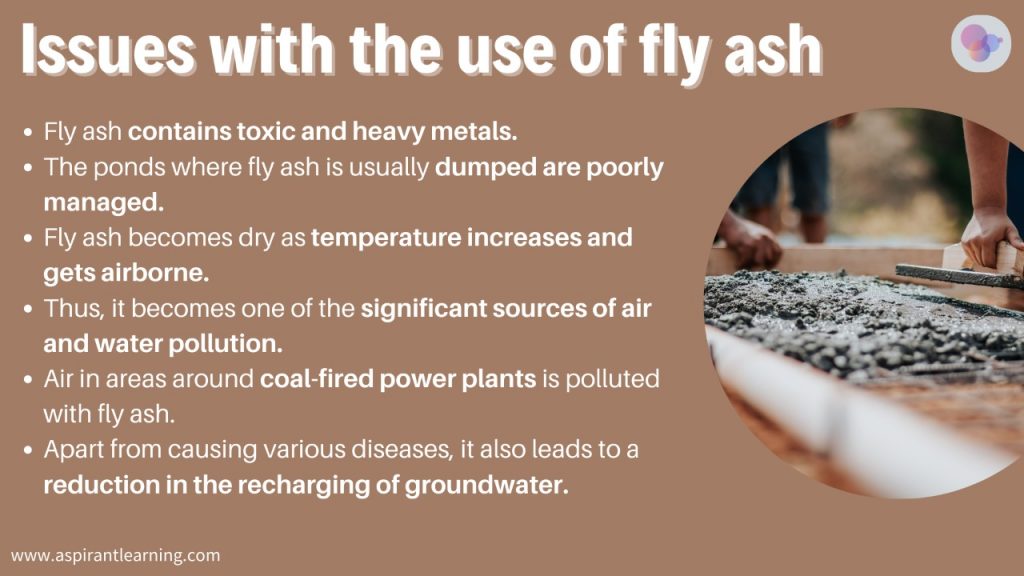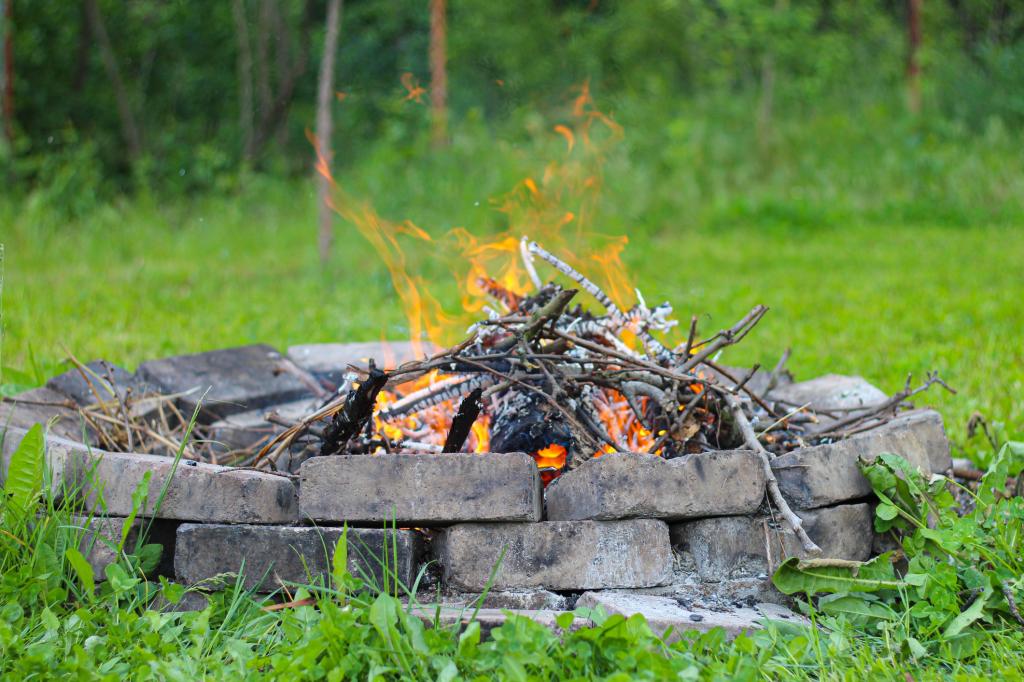News Highlight
The utilisation of Fly Ash: New MoEFCC notification on fly ash includes solar and wind power plants for reclamation.
Key Takeaway
- In a recent notification, the Union Ministry of Environment, Forests, and Climate Change (MoEF&CC) defined the compliance dates for the full utilisation of fly ash for thermal power plants (TPP).
- Thermal Power Plants (TPPs) must guarantee to fly ash use at 100% within three to five years.
- It also implemented the “polluter pays policy,” which imposes 1,000 Rupee fines on non-compliant factories.
- According to this, the Central Pollution Control Board’s (CPCB) allocated account will receive the fines that have been collected.
- The CPCB will put the fines it collects from TPPs and other defaulters toward safely disposing of the unused ash.
- Additionally, it addresses legacy ash(accumulated ash), which TPPs must use in a staggered way within 10 years of the date of publication of the final notification.
- TPPs will not be required to use fly ash in solar or wind power facilities.
Fly Ash
- About
- Fly ash is a byproduct of thermal power stations that burn pulverised coal.
- Mineral impurities in the coal, such as clay, feldspar, quartz, and shale, fuse in suspension during burning and float out of the combustion chamber with the exhaust gases.
- Fly ash, spherical glassy particles, is formed as the fused material cools and solidifies as it rises.
- Ash concentration ranges from 30-45% in low-grade coal used in thermal power generation.
- The low ash level of the high-grade imported coal is between 10% and 15%.
- Since low-grade coal makes up the majority of the fuel used in thermal plants.
- A sizable area must be set aside as a landfill or collection pond for the ash produced.
- Depending on the chemical and physical characteristics of the fly ash and the cement, all fly ash display cementitious qualities to varied degrees.
- Composition
- Fly ash includes substantial amounts of silicon dioxide (SiO2), aluminium oxide (Al2O3), ferric oxide (Fe2O3) and calcium oxide (CaO).
- Usages of fly ash
- It is a superior material for building supplies, including hollow blocks, mosaic tiles, and bricks.
- Fly ash bricks can significantly contribute to soil preservation.
- Utilizing fly ash in environmentally sustainable ways will prevent air and water pollution.
- It includes the use of fly ash in manufacturing cement and ready-mix concrete.
- Constructing roads, dams and embankments and filling low-lying areas and mines.

Initiatives Taken
- National Thermal Power Corporation (NTPC) Limited issued an EOI call earlier in 2021 to sell fly ash.
- NTPC has also worked with cement producers throughout the nation to supply fly ash.
- The Pradhan Mantri Awas Yojana (Urban) has strongly emphasised cutting-edge, ecologically friendly building techniques, like flying ash bricks.
- Even state governments have released their fly ash utilisation strategies; for example, Maharashtra was the first state to do so.
- The government has introduced a mobile application called “ASHTRACK” and an online portal for tracking fly ash production and use.
- Fly ash and its products now only have to pay 5% in Goods and Services Tax (GST).
Way Forward
- Promoting R&D to improve power plant efficiency would also aid in lowering ash generation.
- The environment and power plants benefit from proper fly ash management because it takes up a lot of space.
Pic Courtesy: Down to Earth
Content Source: Down to Earth



